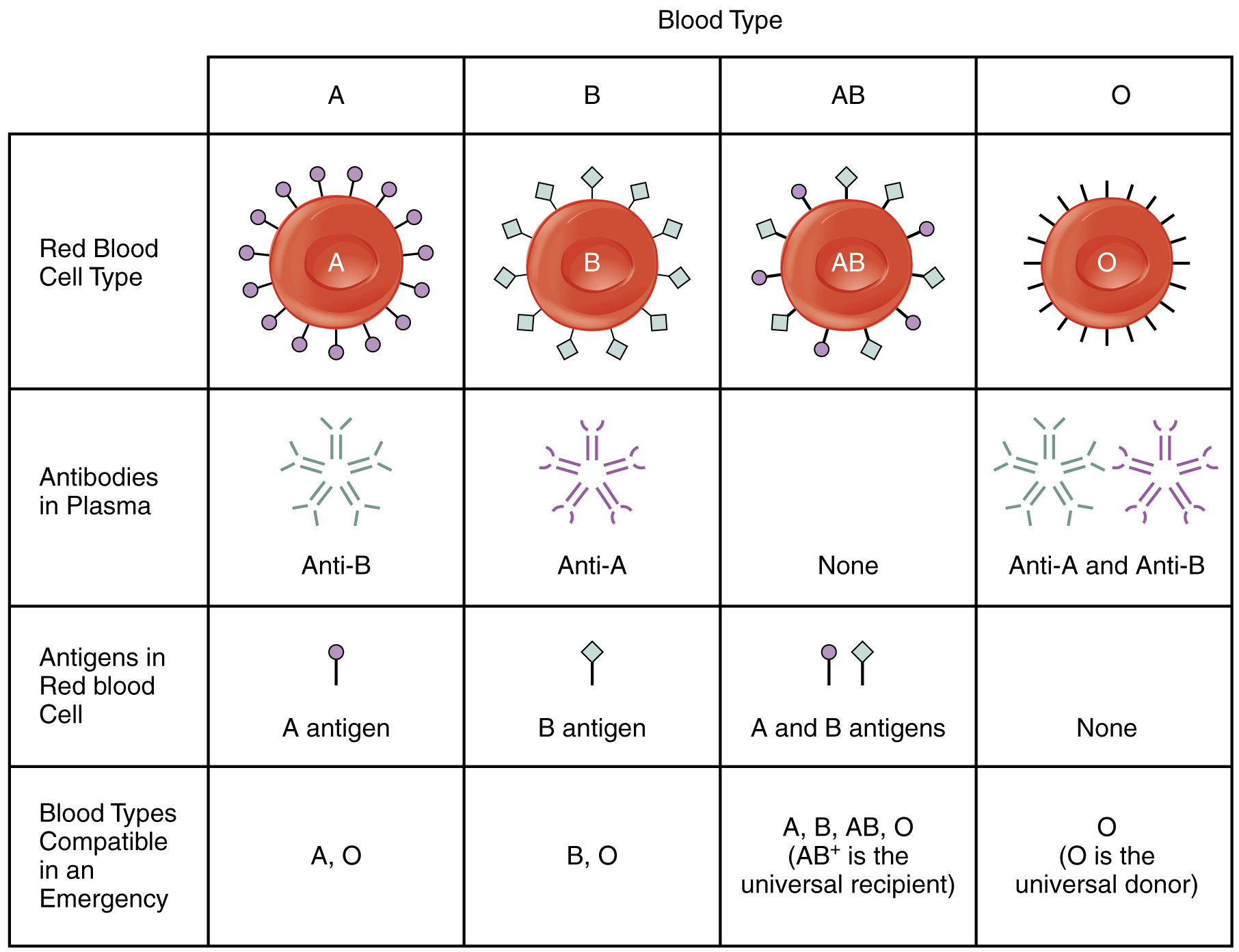
A man with blood group AB marries a woman with o' blood group. In this situation
A)The blood groups of their children will be the same as that of the mother
B)The blood group of the children differs from both the parents
C)While 50% of children will have father's blood group, the remaining will have mother's blood group
D)None of the above
Answer
453.6k+ views
Hint: Mendel conducted artificial pollination or cross-pollination experiments using several true-breeding pea lines A true breeding line is one that having undergone continuous self-pollination, shows the stable trait inheritance and expression for several generations.
Complete answer:
Mendel selected a total of 14 true-breeding pea plant varieties, such as the height of the stem whether tall or dwarf as pairs which were similar except for one character with contrasting traits. It means, Mendel selected 7 characters that are seed shape, seed colour, pod colour in pea plant for carrying out hybridization experiments and to study inheritance
Mendel crossed pea plants say for example stem height and cross tall and dwarf plants and got ration
3:1 but some inheritance differs from this ratio as:
Codominance:

ABO blood group is a perfect example of codominance.
For ABO system of blood groups, allele A produces N-acetylgalactosamyl transferase enzyme which recognises H antigen present in RBC membrane and adds N-acetylgalactosamine to sugar part of H antigen to form A antigen. The allele IB produces galactosyl transferase enzyme which adds galactose to the sugar part of H antigen to form B antigen. The alleles 14 and 15 produce a slightly different form of the sugar while allele i does not produce any sugar or antigen. IA and I are completely dominant over i, in other words when IA and i are present only IA expressed as i does not produce any sugar, and when IB and i are present, only 1B expresses. When both IA and I are present in a person, both enzymes or sugars thus both antigens A and B are produced. This is because of codominance. These antigens determine the type of blood group. Blood group A have antigen A, group B have antigen B,
AB have both antigens while blood group O do not carry any antigen.
So, the child can have blood group A or B which differs from parents.
Hence, the correct answer is option (B)
Note: Besides incomplete dominance, certain alleles show codominance. Here in \[\mathop F\nolimits_1 \], hybrid both alleles express themselves equally and there is no mixing of the effect of the both alleles, therefore hybrid progeny (\[\mathop F\nolimits_1 \]) resembles both parents.
Complete answer:
Mendel selected a total of 14 true-breeding pea plant varieties, such as the height of the stem whether tall or dwarf as pairs which were similar except for one character with contrasting traits. It means, Mendel selected 7 characters that are seed shape, seed colour, pod colour in pea plant for carrying out hybridization experiments and to study inheritance
Mendel crossed pea plants say for example stem height and cross tall and dwarf plants and got ration
3:1 but some inheritance differs from this ratio as:
Codominance:

ABO blood group is a perfect example of codominance.
For ABO system of blood groups, allele A produces N-acetylgalactosamyl transferase enzyme which recognises H antigen present in RBC membrane and adds N-acetylgalactosamine to sugar part of H antigen to form A antigen. The allele IB produces galactosyl transferase enzyme which adds galactose to the sugar part of H antigen to form B antigen. The alleles 14 and 15 produce a slightly different form of the sugar while allele i does not produce any sugar or antigen. IA and I are completely dominant over i, in other words when IA and i are present only IA expressed as i does not produce any sugar, and when IB and i are present, only 1B expresses. When both IA and I are present in a person, both enzymes or sugars thus both antigens A and B are produced. This is because of codominance. These antigens determine the type of blood group. Blood group A have antigen A, group B have antigen B,
AB have both antigens while blood group O do not carry any antigen.
So, the child can have blood group A or B which differs from parents.
Hence, the correct answer is option (B)
Note: Besides incomplete dominance, certain alleles show codominance. Here in \[\mathop F\nolimits_1 \], hybrid both alleles express themselves equally and there is no mixing of the effect of the both alleles, therefore hybrid progeny (\[\mathop F\nolimits_1 \]) resembles both parents.
Recently Updated Pages
Master Class 11 Accountancy: Engaging Questions & Answers for Success

Glucose when reduced with HI and red Phosphorus gives class 11 chemistry CBSE

The highest possible oxidation states of Uranium and class 11 chemistry CBSE

Find the value of x if the mode of the following data class 11 maths CBSE

Which of the following can be used in the Friedel Crafts class 11 chemistry CBSE

A sphere of mass 40 kg is attracted by a second sphere class 11 physics CBSE

Trending doubts
10 examples of friction in our daily life

One Metric ton is equal to kg A 10000 B 1000 C 100 class 11 physics CBSE

Difference Between Prokaryotic Cells and Eukaryotic Cells

State and prove Bernoullis theorem class 11 physics CBSE

What organs are located on the left side of your body class 11 biology CBSE

The combining capacity of an element is known as i class 11 chemistry CBSE




